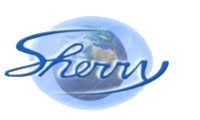- Characteristic:
Stepper motors are a disperse motion motor that accurately rotate at a certain angle through the input pulse signal, with high precision and positioning capabilities, and are suitable for precise position control applications.
- Driving Principle:
The rotor can be driven by controlling the direction and size of the current, and can be driven in a bipolar or quadrupolar way. The bipolar drive activates both coils alternately, and the quadrupolar drive activates both coils at the same time, providing higher torque.
- Rotation Speed:
Stepper motors have low rotational speed and are expressed in rotational speed per minute (RPM), and the actual speed depends on the pulse frequency and mechanical characteristics, and the speed can be controlled by adjusting the frequency.
- Torque:
Stepper motors typically have high torque, especially have good holding torque at low speeds and at rest, but the torque decreases as the speed increases.
- Forward and Reverse Method:
Change the order or direction of the input pulse signal to realize the forward and reverse rotation of the stepper motor. The forward rotation sends pulses in a specific order, and the reverse sends the same pulse train in the reverse direction.
- Rotational Life:
Stepper motors typically have a long lifespan, ranging from hundreds of thousands to millions of steps, depending on factors such as design quality, usage conditions, and drive mode.
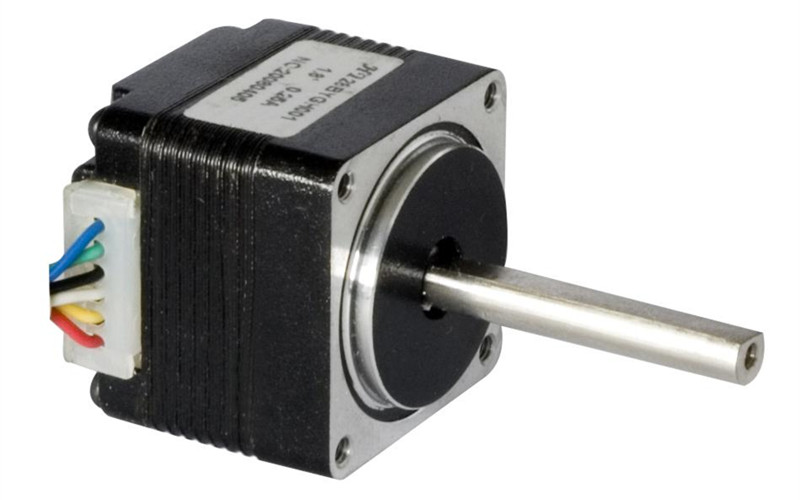
- Characteristic:
Brushed DC motors are a common type that drive rotors through collector and brush butt. Brushed motors are simple and low-cost, suitable for most low-cost applications, but often with short-live and requiring maintenance.
- Driving Principle:
The rotor is composed of a brush and a collector brush butt, and the motor can be rotated forward and backward by changing the brush docking position and current direction.
- Rotation Speed:
The speed of a brushed DC motor can be adjusted by controlling the supply voltage, typically using pulse-width modulation (PWM) technology.
- Torque:
Brushed DC motors typically have a higher starting torque, providing relatively high torque over the entire speed range.
Forward and Reverse Method:
Change the docking position and current direction of the brush to realize the forward and reverse rotation of the brushed DC motor, the current flows to one side of the brush when the forward rotation is positive, and the current flows to the other side of the brush when it is reversed.
- Rotational Life:
Brushed DC motors have a relatively short life and are often affected by brush wear and friction. In general, the lifespan is about thousands to tens of thousands of hours, but the brushes need to be replaced regularly to ensure the normal operation of the motor.
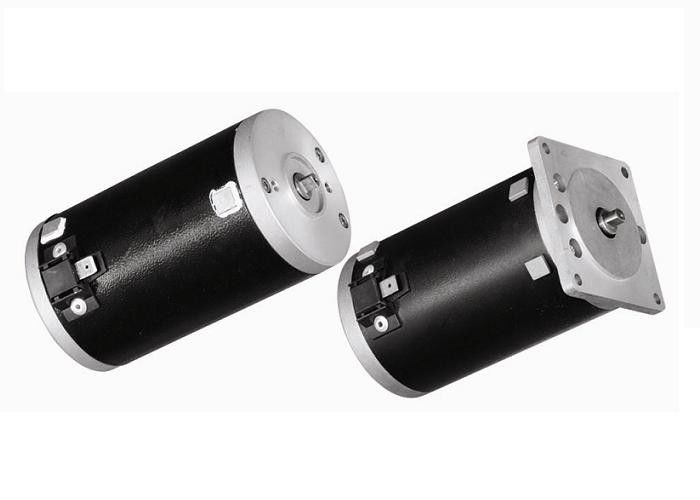
- Characteristic:
Brushless DC motors do not require brushes and collector brushes, use an electronic commutation system to control the rotor. Brushless motors have the characteristics of high efficiency, low noise and no maintenance, and are widely used in various application scenarios.
- Driving Principle:
Brushless DC motors use an electronic commutation system to accurately control the direction and size of the current with sensors and controllers inside the motor to realize the forward and reverse rotation and speed control of the motor.
- Rotation Speed:
The rotation speed of a brushless DC motor can be controlled by adjusting the current and voltage. The electronic commutation system enables a higher speed range and speed response.
- Torque:
Brushless DC motors typically have high torque, especially at high speed and load changes. Its torque output is limited by the drive capability of the motor design.
- Forward and Reverse Method:
The forward and reverse rotation of a brushless DC motor is achieved by changing the direction of the current in the electronically commutated system. According to the position information fed back by the sensor, the controller accurately controls the phase and magnitude of the current to realize the forward and reverse rotation of the motor.
- Rotational Life:
Brushless DC motors typically have a longer rotational life because they don’t have the problem of brush wear and friction. The life depends on factors such as the quality of the motor, the conditions of use, and the way it is driven.
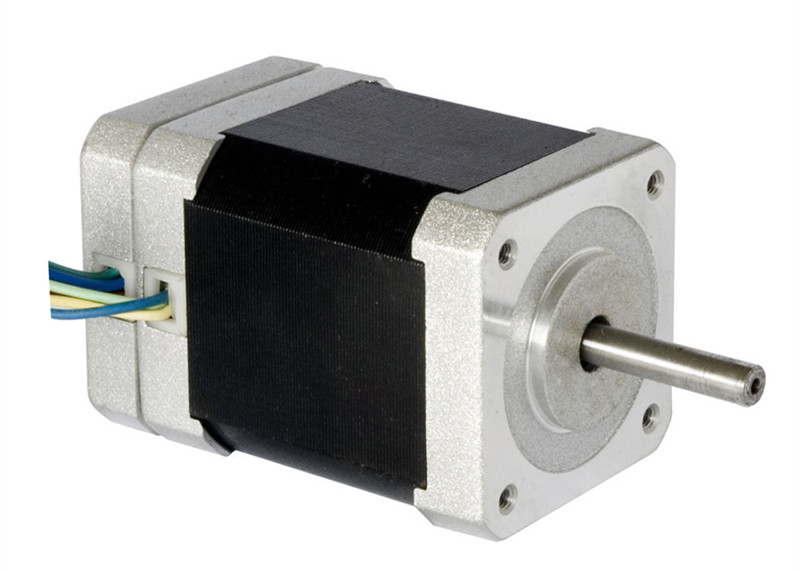
- Characteristic:
Servo motors provide precise control of position, speed, and torque, and are often used in conjunction with position feedback devices such as encoders and closed-loop control systems for highly accurate motion control.
- Driving Principle:
Servo motors are driven by closed-loop control system. Position feedback devices, such as encoders, monitor the position of the motor’s rotor and transmit feedback signals to the controller. The controller adjusts the output of the motor driver according to the difference between the setpoint and the feedback signal to accurately control the position, speed and torque of the motor.
- Rotation Speed:
Servo motors typically have high speed range, and the controller can adjust voltage, current, and feedback control to achieve precise speed control.
- Torque:
Servo motors typically have high torque output capability and provide precise torque control over the entire speed range.
- Forward and Reverse Method:
The forward and reverse rotation of the servo motor is realized by adjusting the output signal of the controller. The controller can adjust the output in time according to the difference between the set value and the feedback signal to achieve forward and reverse rotation requirements.
- Rotational Life:
Servo motors typically have a long rotational life, depending on the design and quality of the motor, the conditions of use, and maintenance. Servo motors are usually designed as high-performance, high-reliability equipment with a long service life.
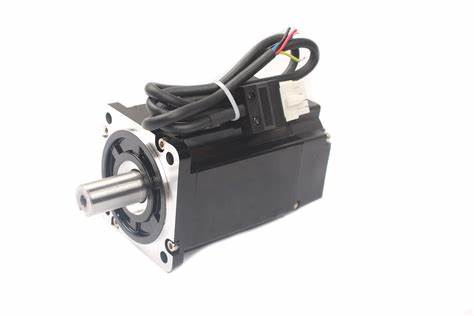

Stepper motors are suitable for applications that require precise position control, with high accuracy and positioning capabilities;
Brushed DC motors have a lower cost but a shorter lifespan, suitable for general low-cost applications;
Brushless DC motors are highly efficient, low noise, and suitable for various application scenarios;
Servo motors provide precise control of position, speed, and torque, and are often used in applications that require high performance and precise control.
